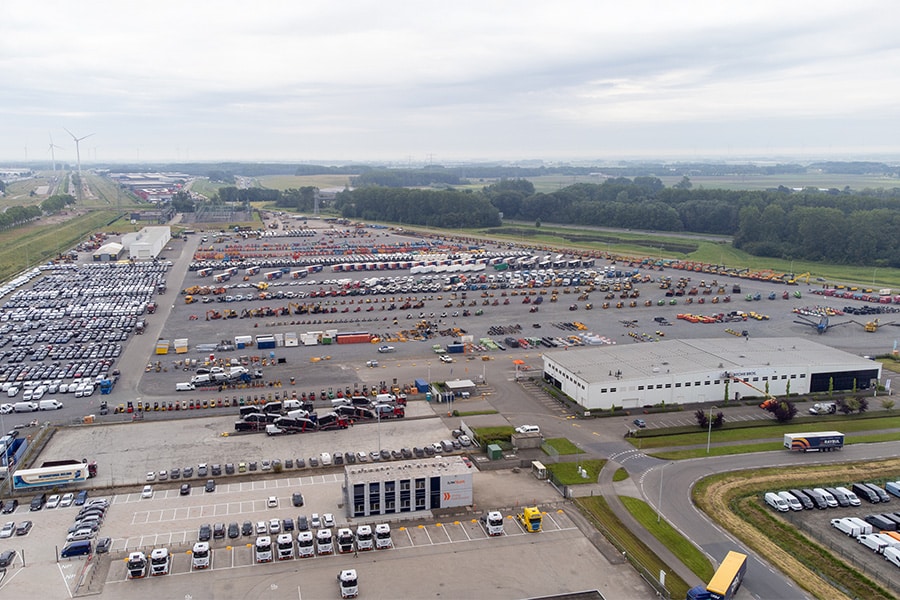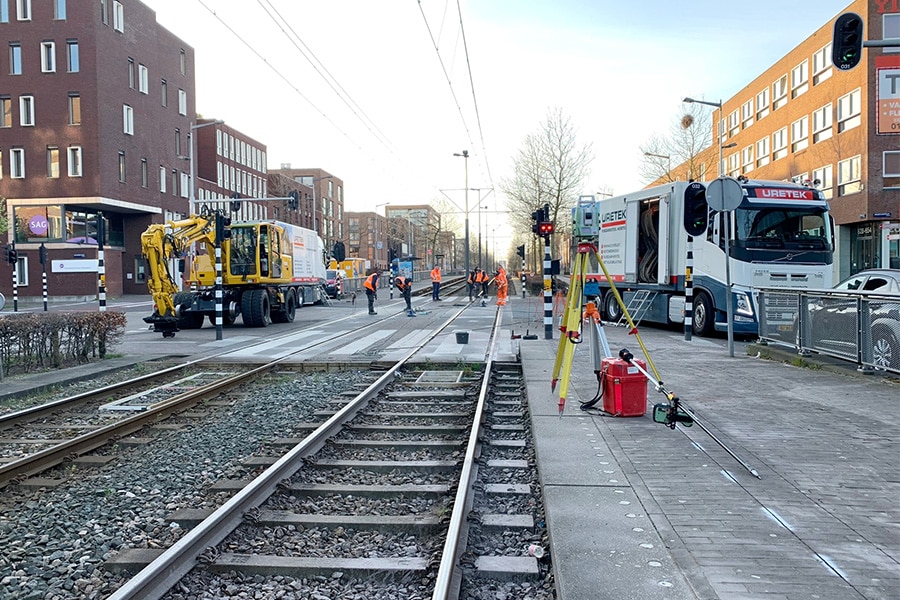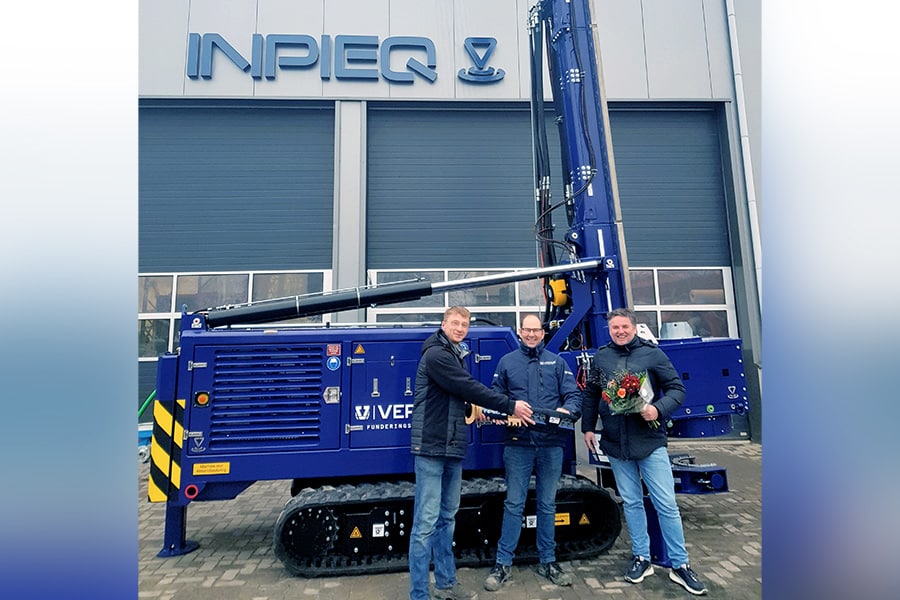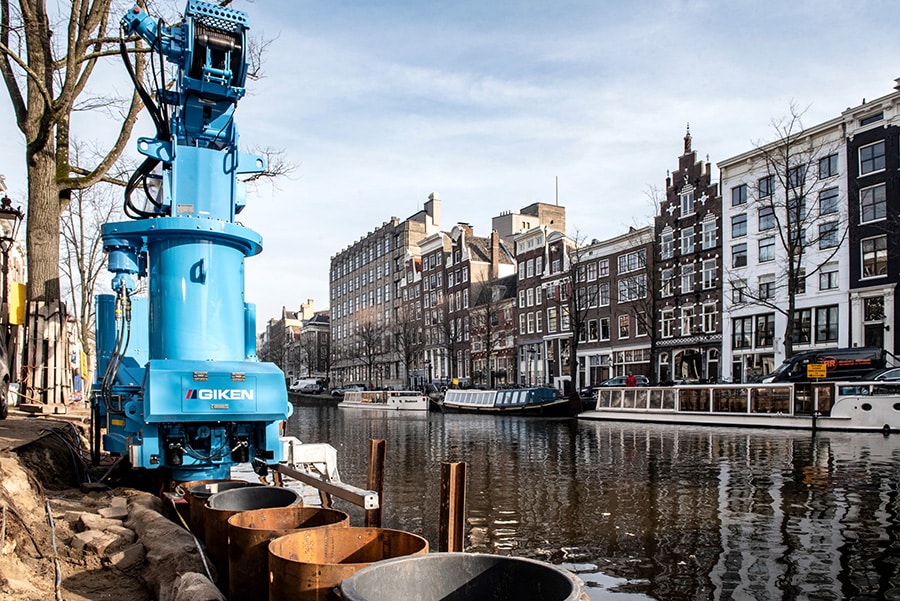
'Underground infrastructure is our domain'
A lot has happened before a pipeline goes into the ground. Engineers have then already explored the terrain and determined the course of the future pipeline according to the applicable specifications. Within SGS Roos+Bijl, this is done with passion. "The underground infrastructure is our domain.
SGS Roos+Bijl is located in an innovative and inspiring building in Rhoon. Here some forty enthusiastic professionals devise the solutions for the GWW issues that clients present to them. They warm to the complex calculations of water hammer/hydraulics, strength and pressure drop and can read and write with the software for drilling and pressing.
Thinking along from the first moment
SGS Roos+Bijl covers the entire field of underground infrastructure. It handles tenders, goes through permit processes, designs and dimensioning. "We think along from the very first moment," says Marco Lubberdink, team leader of SGS Roos+Bijl. "That starts with the route study."
From route study to detailed design
A route study goes beyond mapping out the route where the pipeline interfaces with other underground infrastructure. "We also investigate how laying the pipeline will cause the least inconvenience to the surrounding area," says technical consultant Olivier Zegwaard. "We talk to those involved and take into account the surrounding flora, fauna and archaeology. This generally leads to several proposals. The final choice is a matter of weighing interests."
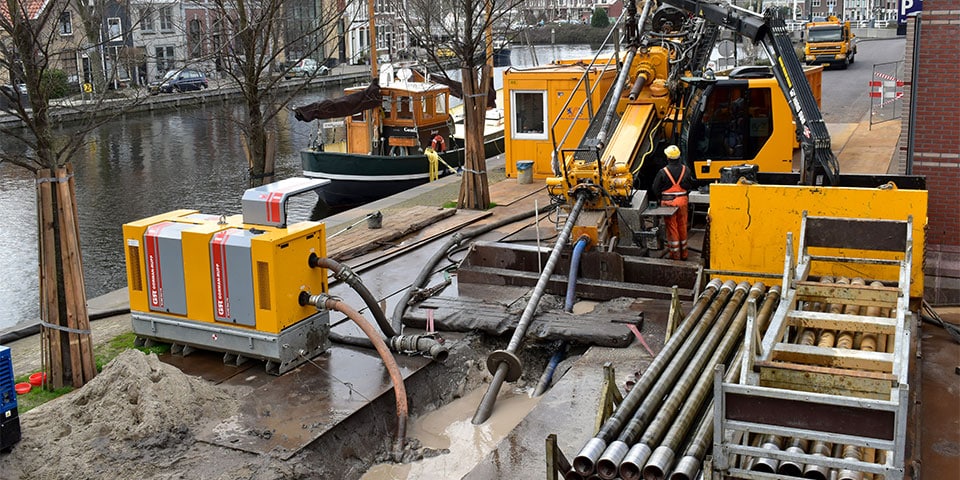
The detail design
The route study is followed by the detailed design. "At this stage, we no longer leave anything to chance," explains lead engineer Luc Nijsten. "Everything is now being visualized, both the above-ground constraints - such as trees, roads and buildings - and everything that is present underground, and believe me, it's busy underground! It's often quite a puzzle to get the detailed design right."
Complexity in the subsurface
In the detailed design for the given situation, the best technique is also selected and all the necessary specialist calculations, such as strength calculations and drawings, are worked out. Whereas until recently it was obvious that the pipelines were laid in open excavation, now that it is only getting busier above ground, trenchless techniques are increasingly being chosen. Lubberdink: "These techniques minimize the environmental impact. Freeways, bus lanes and railroads remain accessible while a pipeline is pulled under them. Trenchless techniques are more expensive, but the benefits are great. This too is a matter of weighing interests. Disruption is also reduced by combining work. Gas, water and electrical lines are then laid or replaced at the same time."
All knowledge in house
Within these activities SGS Roos+Bijl operates completely independently. The specialists have in-house knowledge of all pipes and cables in every field (water, energy, oil, gas, chemicals and telecom). They are involved from the preliminary phase up to and including the execution, all from one office. Lubberdink: "A lot is involved in drilling. The environment, the method of drilling, the composition of the soil, the groundwater pressure and the angle of entry and exit, to name but a few. Our specialists take all these factors into account and design the solution where functionality, effectiveness and safety are paramount."
